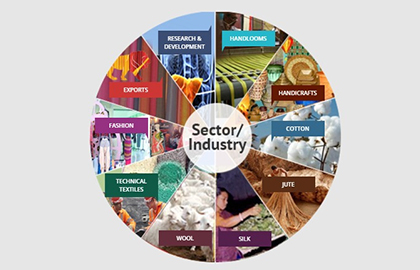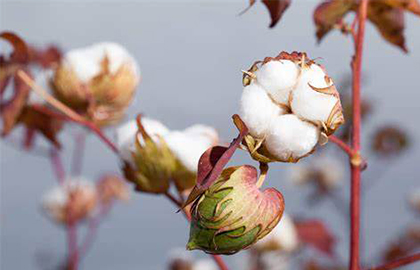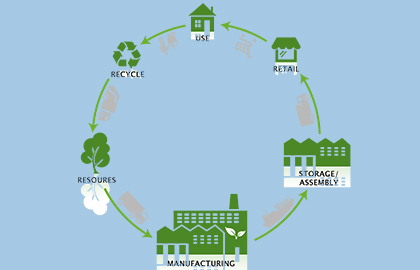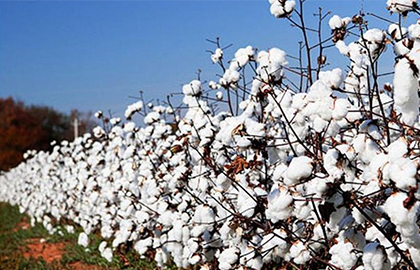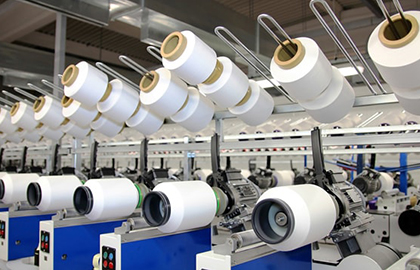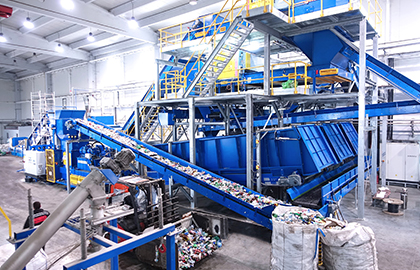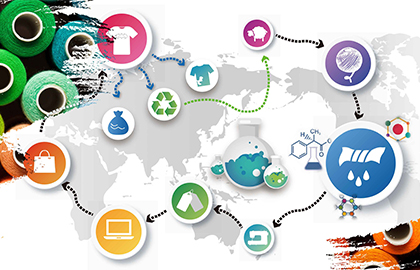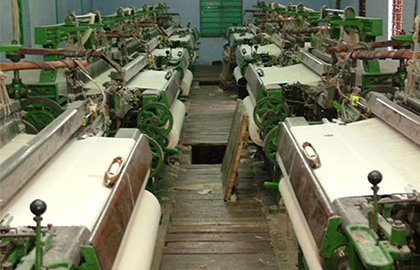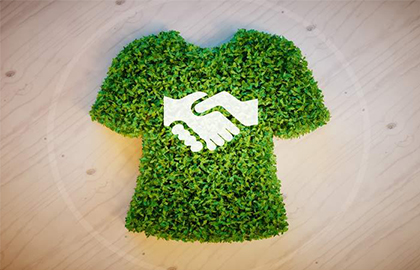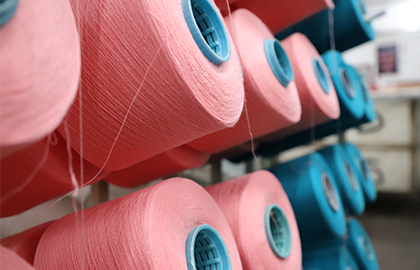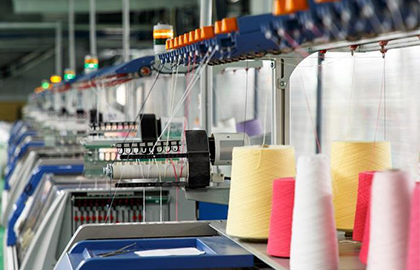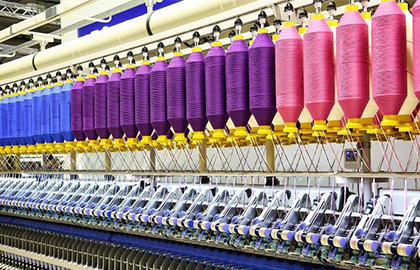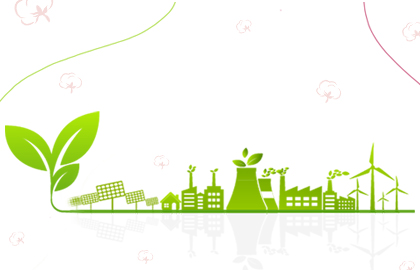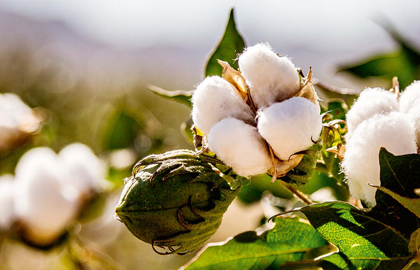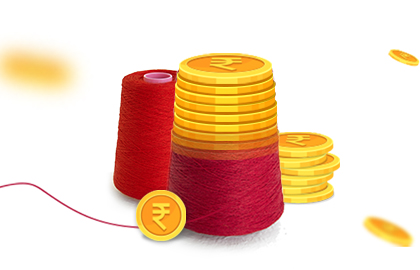
A Global Textile Trend – Switching to Organic Clothing
The consumers in the evolved markets now prefer to use products that are manufactured with naturally available raw materials that are free from artificial ingredients or grown without chemical additives – these are broadly categorised as ‘organic products’. Acting on this significant consumer trend, corporations are using all their resources towards developing natural products, organic raw-materials, and eco-friendly processes. It’s no surprise, then, that the Textile Industry is rapidly seeing an increase in the demand for organic clothing. The organic textile market, consisting of clothes and home textiles made from materials like organic cotton, jute, wool, silk, etc., can, thus, be considered the next stage of the textile industry evolution.
Textiles made of organic cotton is particularly in high demand and replacing the use of conventional cotton. The world is shifting to organic cotton as it requires much less water and isn’t treated with any kind of genetically modified seeds or pesticides. According to studies, India is the largest producer of organic cotton, with approximately 51% of global supply, followed by China (19%), Kyrgyzstan (7%), Turkey (7%) and Tajikistan (5%). The global market size of organic cotton crossed USD 37 bn. in 2018, and growing at a Compound Annual Growth Rate (CAGR) of 9.2%. And yet, the entire organic cotton comprises of only 1.1% of the total cotton production of the world. This is a great indicator of the scope of growth for organic textile industry.
The Indian textile industry is making a mark in capitalizing on this opportunity while following international standard regulations. Many standardizations and accreditations have been set up to ensure the promotion of organic yarn. Sutlej Textiles and Industries Ltd, the No. 1 producer of Melange yarn in India is also one of India’s largest producers of organic yarn. With a number of accreditations to its name, Sutlej adheres to strict standards when it comes to producing organic yarn. The company has obtained the following certifications and accreditations for their organic yarn production:
⦁ Global Organic Textiles Standardization (GOTS)
⦁ Organic Content Standards (OCS-IN)
Each of these certification bodies have set up certain regulations for textiles producers in the value chain to comply with. In the case of Global Organic Textile Standard (GOTS), only textile products that contain a minimum of 70% organic fibres can become GOTS certified. All chemical inputs such as dyestuffs and auxiliaries used must meet certain environmental and toxicological criteria. The choice of accessories is limited in accordance with ecological aspects as well. A functional waste water treatment plant is mandatory for any wet-processing unit involved and all processors must comply with minimum social criteria.
Products certified to the Organic Content Standards (OCS) may use the terms “Made with X% Organically Grown Material” or “Contains X% Organically Grown Material,” and make reference to the OCS. ‘X’ must represent the final percentage of Organic Material by appropriate unit of measure in the finished product; ‘Material’ refers to the actual organic input (e.g. cotton, silk, linen etc.)
In the long-run demand for organic clothing is expected to grow, therefore developing the organic textiles value-chain would be a worthwhile opportunity. India has a much larger play to capitalize on this demand, with cotton being one of its widely-grown crops. However, to make optimum use of this opportunity, it needs to be backed up with market-friendly government policies and wider international trade pacts.
Textiles made of organic cotton is particularly in high demand and replacing the use of conventional cotton. The world is shifting to organic cotton as it requires much less water and isn’t treated with any kind of genetically modified seeds or pesticides. According to studies, India is the largest producer of organic cotton, with approximately 51% of global supply, followed by China (19%), Kyrgyzstan (7%), Turkey (7%) and Tajikistan (5%). The global market size of organic cotton crossed USD 37 bn. in 2018, and growing at a Compound Annual Growth Rate (CAGR) of 9.2%. And yet, the entire organic cotton comprises of only 1.1% of the total cotton production of the world. This is a great indicator of the scope of growth for organic textile industry.
The Indian textile industry is making a mark in capitalizing on this opportunity while following international standard regulations. Many standardizations and accreditations have been set up to ensure the promotion of organic yarn. Sutlej Textiles and Industries Ltd, the No. 1 producer of Melange yarn in India is also one of India’s largest producers of organic yarn. With a number of accreditations to its name, Sutlej adheres to strict standards when it comes to producing organic yarn. The company has obtained the following certifications and accreditations for their organic yarn production:
⦁ Global Organic Textiles Standardization (GOTS)
⦁ Organic Content Standards (OCS-IN)
Each of these certification bodies have set up certain regulations for textiles producers in the value chain to comply with. In the case of Global Organic Textile Standard (GOTS), only textile products that contain a minimum of 70% organic fibres can become GOTS certified. All chemical inputs such as dyestuffs and auxiliaries used must meet certain environmental and toxicological criteria. The choice of accessories is limited in accordance with ecological aspects as well. A functional waste water treatment plant is mandatory for any wet-processing unit involved and all processors must comply with minimum social criteria.
Products certified to the Organic Content Standards (OCS) may use the terms “Made with X% Organically Grown Material” or “Contains X% Organically Grown Material,” and make reference to the OCS. ‘X’ must represent the final percentage of Organic Material by appropriate unit of measure in the finished product; ‘Material’ refers to the actual organic input (e.g. cotton, silk, linen etc.)
In the long-run demand for organic clothing is expected to grow, therefore developing the organic textiles value-chain would be a worthwhile opportunity. India has a much larger play to capitalize on this demand, with cotton being one of its widely-grown crops. However, to make optimum use of this opportunity, it needs to be backed up with market-friendly government policies and wider international trade pacts.




